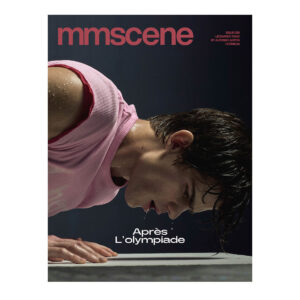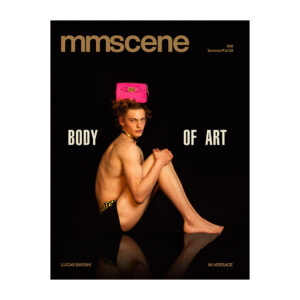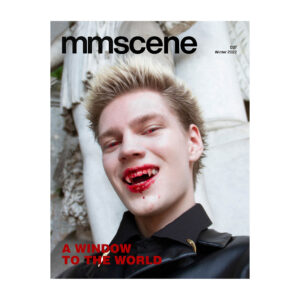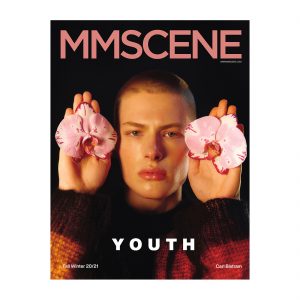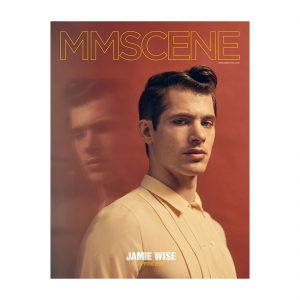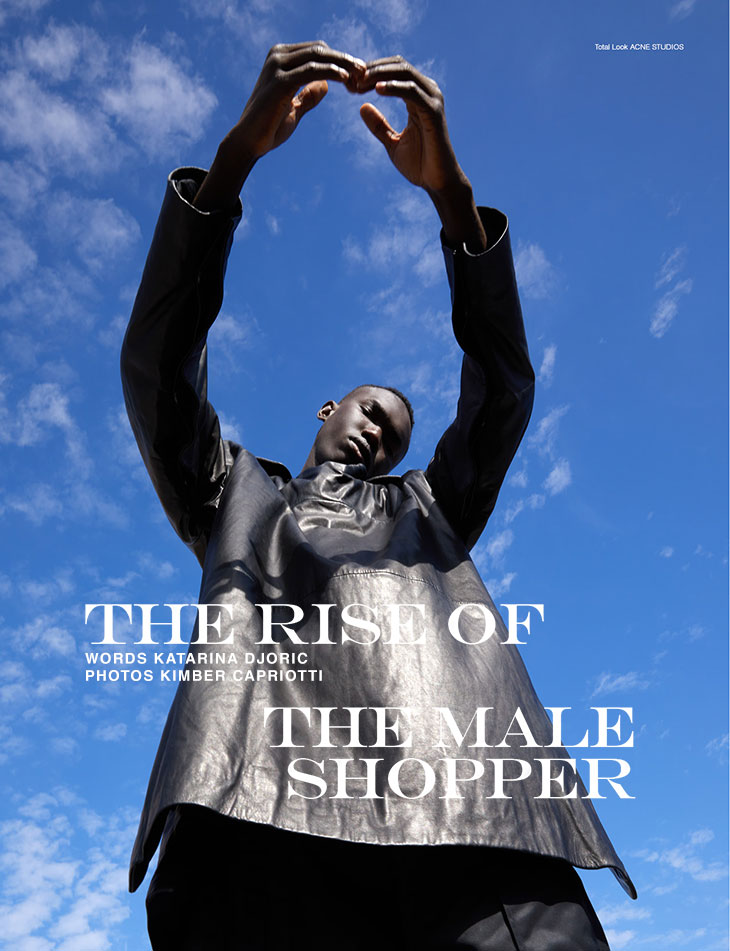
Luxury is evolving, and it has changed a lot, especially in the past few years, however one thing is certain luxury has been on an upwards trajectory. Over the past few decades, luxury brands have been oriented towards women as their primary customers, nevertheless the recent studies show that the times are changing. Men are now spending more on luxury items than women. While clothing retailers have traditionally targeted their marketing to female shoppers, today they are increasingly focusing on including men’s lines into runway shows as well as web marketing.
There are two big drivers of change in men’s shopping habits: more men are getting their fashion inspiration from social media, and dress codes at work are more relaxed than a generation ago.
Today, men became more of a luxury addicts than women, and most significantly millennial men. They have felt the need to change up their wardrobes. Now it’s everything about casual, while athleisure is slowly losing pace. The experts believe that the men’s high end ready-to-wear market will continue to expand, whatever the future business-casual wardrobe looks like. There is more space for innovation there, and it’s becoming more popular for men to shop for themselves and express their own personal style. There is no longer a uniform for men, but a wide variety of looks and styles, today men have a lot more to choose from than they did 10 years ago. “The young people are shopping — and a lot of young men. They’re shaping the culture.” – says Sharifa Murdock, co-owner of Liberty Fashion & Lifestyle Fairs.
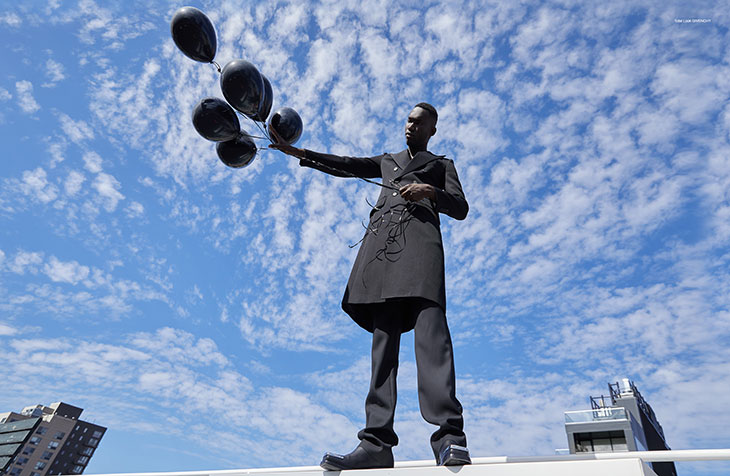
As brands fight to foster loyalty among male shoppers, they need to be attentive to their needs and to work on meeting their shopping expectations. They need to abandon the perception that shopping is primarily a female-dominated activity, and it will allow them to influence male shoppers using different marketing strategies, advertising, product pricing and promotions. It’s crucial to align to the customers’ wants and needs and proactively leverage changes in their shopping behaviors.
Among millennial men, 34 percent are planning to spend more on luxury in the coming year. Male buyers additionally tend to choose premium products over mass options for everyday items, and are willing to trade up in almost every category
There are two big drivers of change in men’s shopping habits: more men are getting their fashion inspiration from social media, and dress codes at work are more relaxed than a generation ago. It allowed men to feel free to change up their wardrobe, and it has inspired them to dress more like their favorite athletes and entertainers or to look more professional.
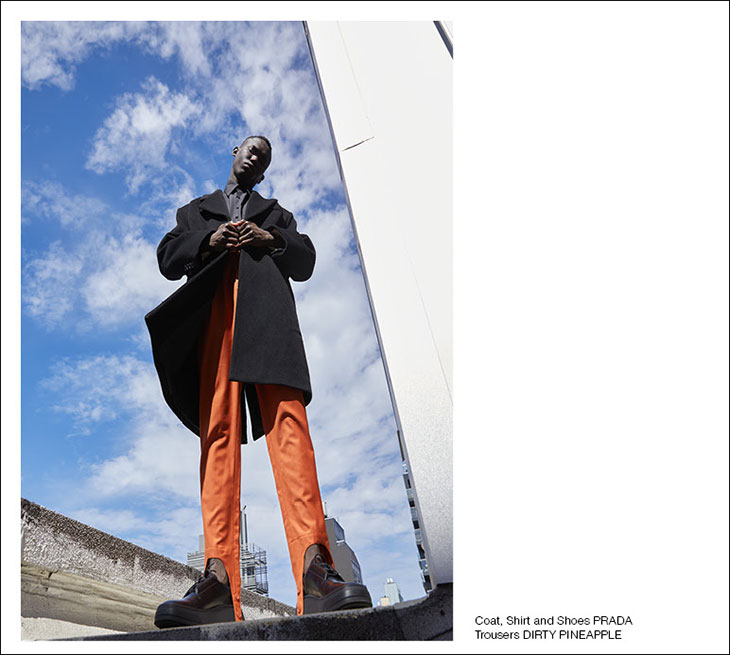
For luxury brands, the top 3 product categories for men are watches, bags and accessories. First Insight conducted a consumer survey on shopping habits, “The Rise of the New Male Shopper”, that showed that men are turning to traditional department stores to shop more often than women, which includes luxury brands such as Gucci and Prada. According to Greg Petro, president and chief executive officer of First Insight, the findings are forcing the company to dig deeper into these differences. “Significant shift in shopping behavior of men compared to women was astounding as it shattered some age-old gender stereotypes. Although the frequency of males shopping is up, we’re interested in diving deeper,” – Petro shared with WWD.
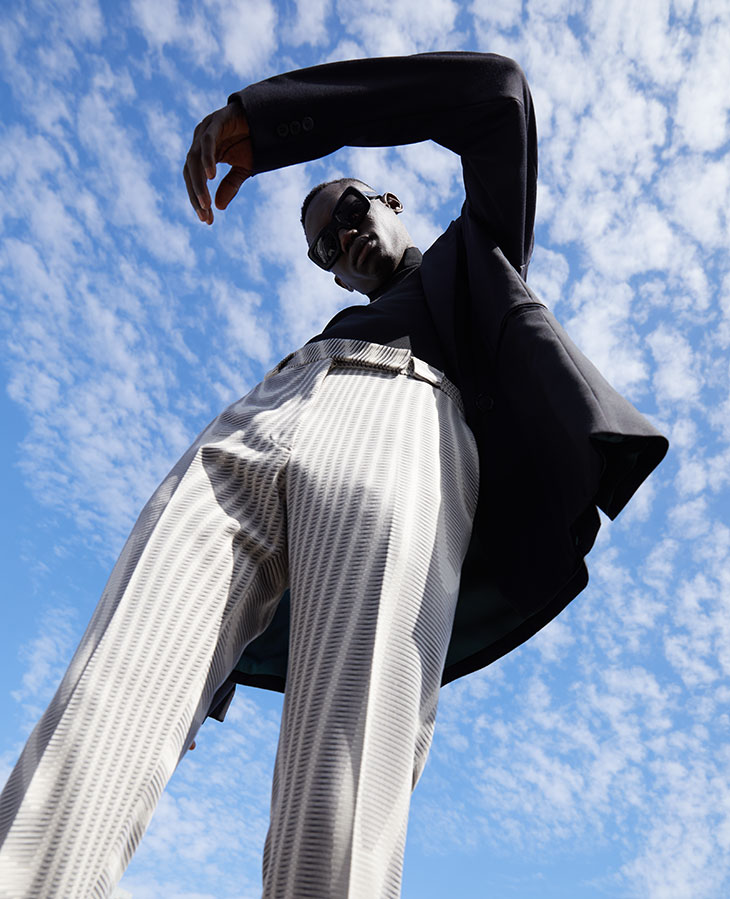
Male shoppers are also shifting towards online and digital experiences, putting the physical retailers in a challenging position to search for new formats that engage technologies and apps and that create a richer shopping experience. It is very clear now, that with the global pandemic, customers that had not been using online shopping, have now started to do so. “Currently, luxury e-commerce is used as a complement to flagship stores, not a substitute. In the future, this trend will be reversed and physical stores will be a complementary experience to e-commerce,” said Li Rixue, chairman and chief executive of Chinese luxury e-commerce company Secoo. One of the good examples is Burberry’s boutique in Shenzhen, China, that offers a customized WeChat program, which delivers the exclusive content to its customers, as well as the rewards and personalized experiences.
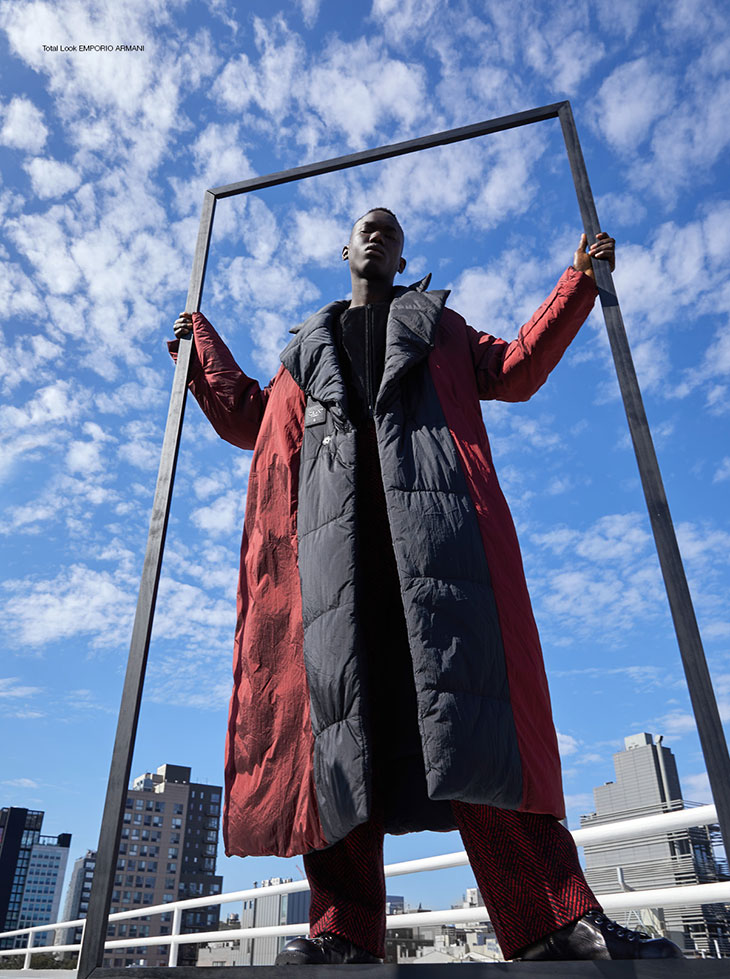
Fast fashion is going in tow, with giants such as Zara announcing massive investments in their online operations followed by a closure of brick and mortar addresses. Inditex, the parent company of Zara, Massimo Dutti and other brands is planning to close over 1200 stores in the next two years followed by a 1 billion Euro investment in the development of their shopping apps. Fast fashion is experiencing a massive jump in menswear retail particularly thanks to the ease of online shopping. Inditex group in their official statement predicted online to account for a minimum of 25% of their global sales. The remaining stores are to get a boost as they are integrated further with the online shop, already becoming pick up and return hubs for Inditex shoppers. “The overriding goal between now and 2022 is to speed up full implementation of our integrated store concept, driven by the notion of being able to offer our customers uninterrupted service no matter where they find themselves, on any device and at any time of the day,” CEO Pablo Isla shared in a statement.
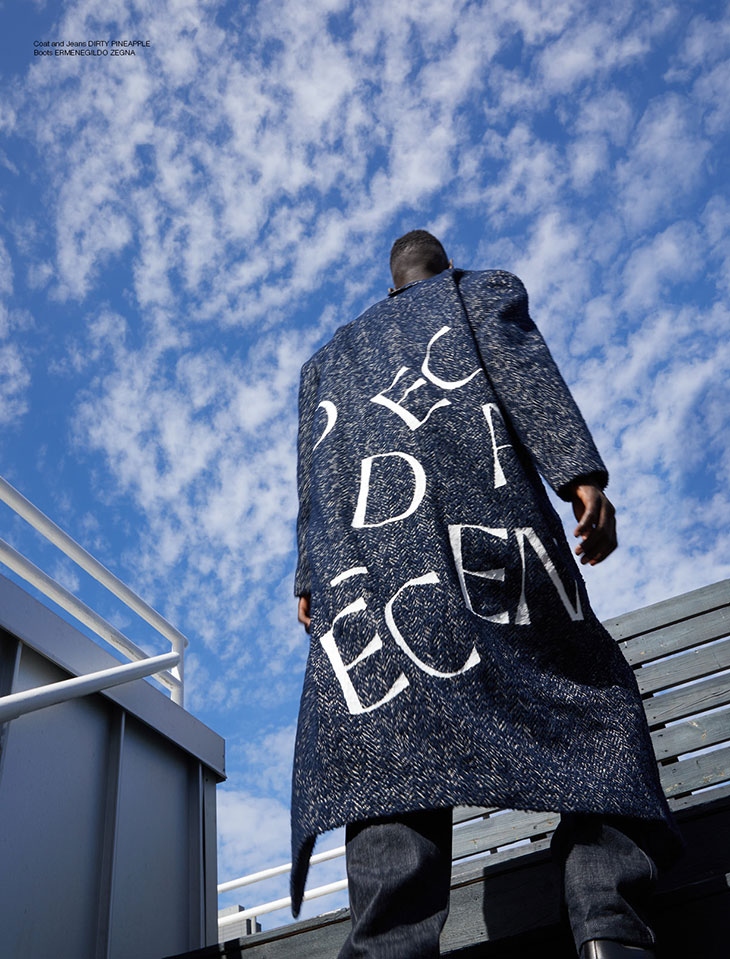
Millennials are driving a number of trends in the luxury sector, including sustainability. They are willing to pay more for eco-conscious brands, contributing to the growth of sustainable luxury. Sustainability is more important than ever and it is becoming the baseline requirement for many shoppers. Brands that foster sustainable practices have been at the forefront of circular practices. As consumers become more engaged with sustainability issues, circularity will be the key that unlocks the door to a more sustainable future. According to the 2020 State of Fashion report by The Business of Fashion and McKinsey & Company, for younger consumers born into the sharing economy, adopting circularity is a natural step. However, older consumers may require education and encouragement. Some consumers believe there is a hygiene issue with second-hand clothes, and others struggle to translate their sustainable values into actions for a wide range of reasons.
Sustainability is more important than ever and it is becoming the baseline requirement for many shoppers. Brands that foster sustainable practices have been at the forefront of circular practices.
The ongoing Covid-19 crisis has revealed the brands and customers who truly value sustainability, the ones who despite the crisis are still investing in eco fashion, and have become more demanding in their attempts to achieve sustainability goals.
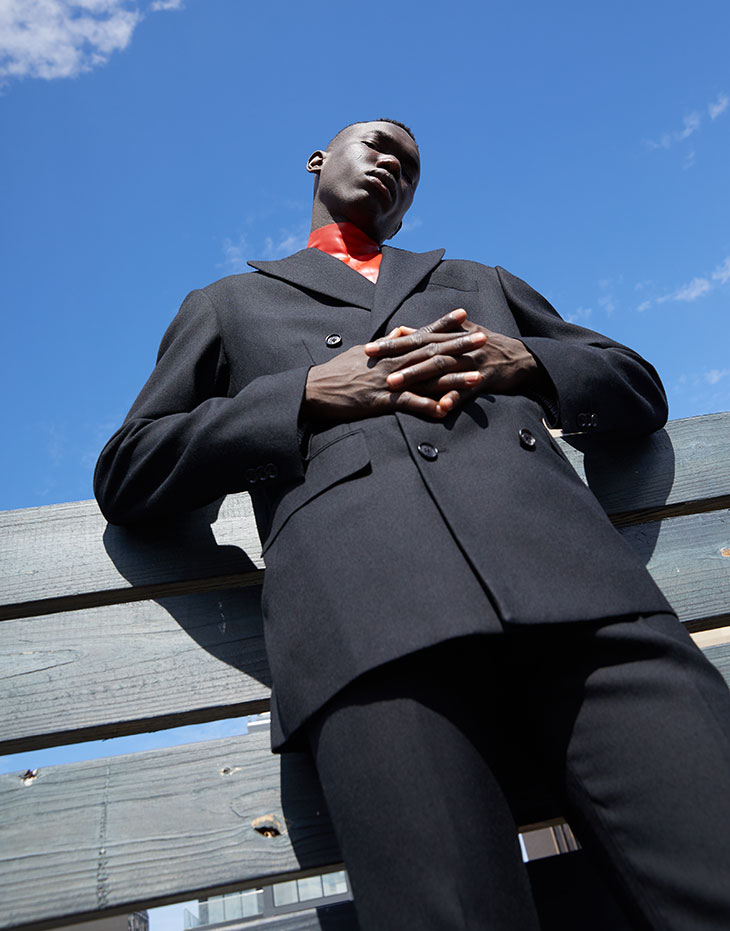
With ethical fashion taking a swing, men are also moving toward resale purchases more than ever before. More than 50 percent of men either frequently or regularly purchase pre-owned items. According to The RealReal’s 2020 Resale Report, Gucci Is number 1 in men’s sector for third year in a row, with demand for men’s accessories rising by 52%. In 2020, Burberry returns to the top 10 brands, with the Tisci effect bringing British megabrand back, driven by rise in men’s clothing demand.
“Gen Z, millennials and men are the new faces of luxury shopping, and the brands in tune with what they want are rising to the top. Louis Vuitton edged its way above Gucci by capturing the greatest share of demand among younger demographics, while high demand among men helped keep Gucci well above Chanel.” – says Rati Levesque COO, The RealReal.
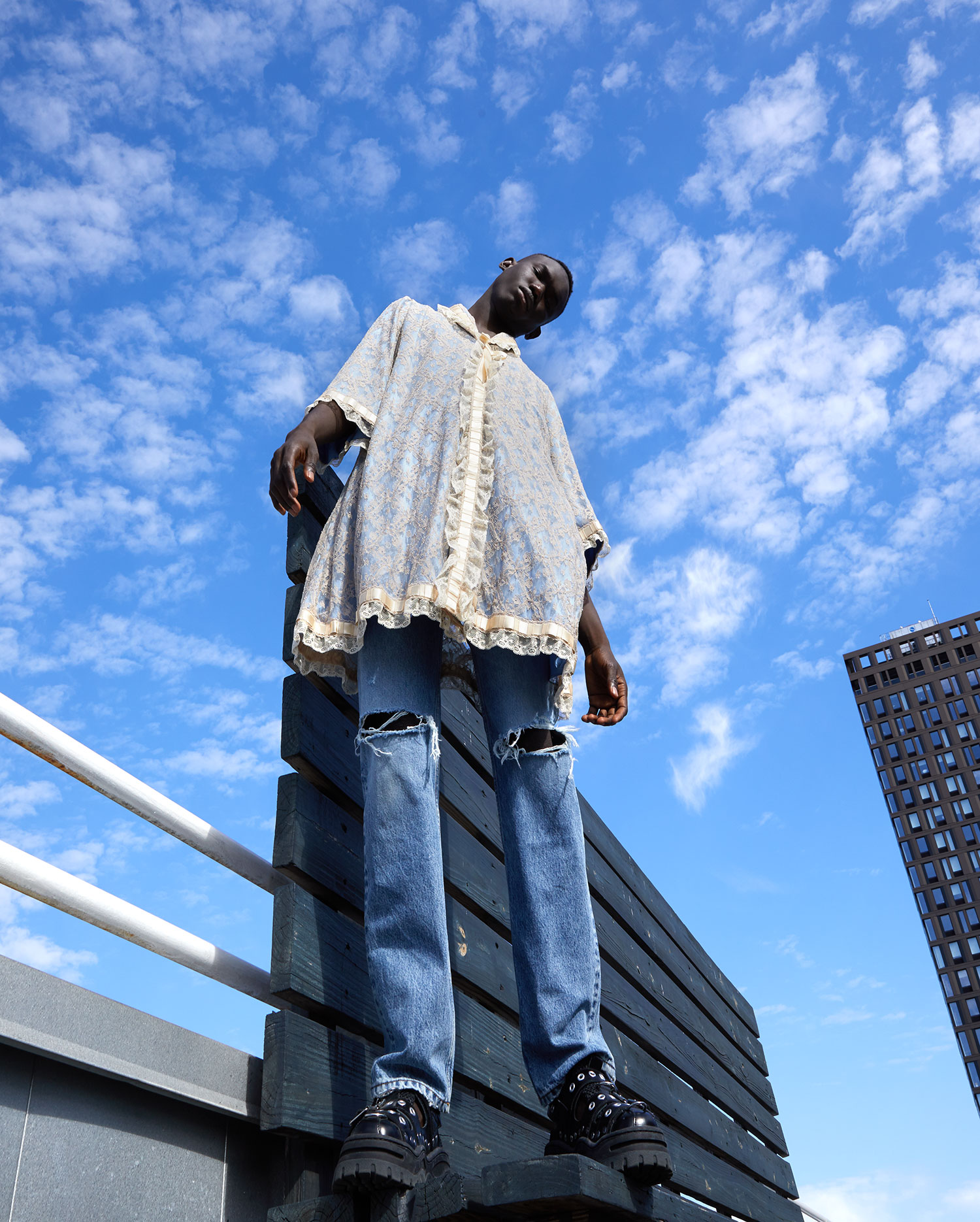
According to CPP-Luxury, male luxury buyers are 20 percent more likely to buy products or experiences to share with others. Men also show more fondness and pride in purchasing luxury than women. Among millennial men, 34 percent are planning to spend more on luxury in the coming year. Male buyers additionally tend to choose premium products over mass options for everyday items, and are willing to trade up in almost every category.
There has been a significant shift in the shopping behavior of men over the past few years and it’s constantly changing and evolving. As the trend of the male shopper emerges, retailers and brands need to evolve accordingly, to capture mens’ loyalty.
Photographer Kimber Capriotti – kimbercapriotti.com
Model Musa Sillah at Red Models New York
Fashion Stylist Jenesee Utley
Grooming Lydia Brock
Casting Director Chad Thompson
Words by Katarina Djoric
Originally published in MMSCENE Magazine Issue 35 – SHOP IN PRINT AND DIGITAL





